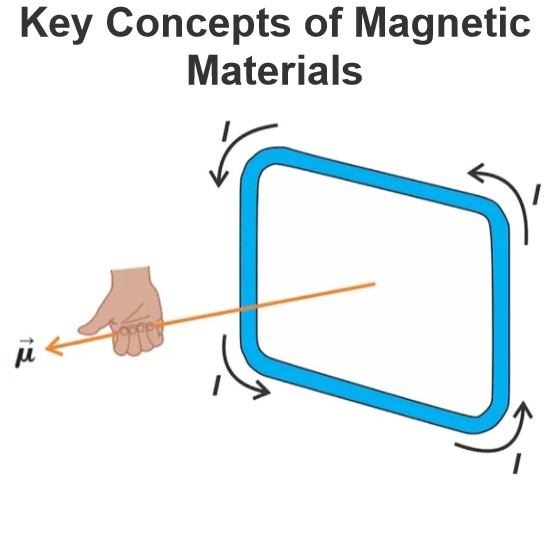
Key Concepts of Magnetic Materials
The Magnetic Dipole MomentWhen exposed to the same external magnetic field, different materials can exhibit vastly different responses. To delve into the underlying reasons, we must first grasp how magnetic dipoles govern magnetic behavior. This understanding begins with an exploration of the magnetic dipole moment.The magnetic dipole moment, often referred to as the magnetic moment for simplicity, serves as a fundamental concept in electromagnetics. It offers a powerful tool for comprehending a
Encyclopedia
02/25/2025
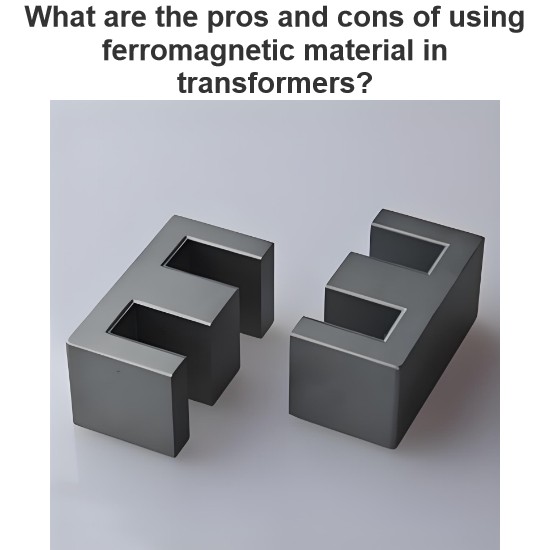
What are the pros and cons of using ferromagnetic material in transformers?
Advantages High magnetic permeability: Ferromagnetic materials have high magnetic permeability, which means they can generate a large magnetic induction intensity under a relatively small magnetic field strength. In a transformer, using ferromagnetic materials for the core allows most of the magnetic field generated by the windings to be concentrated inside the core, enhancing the magnetic field coupling effect. This, in turn, improves the electromagnetic conversion efficiency of the transformer
Encyclopedia
02/12/2025
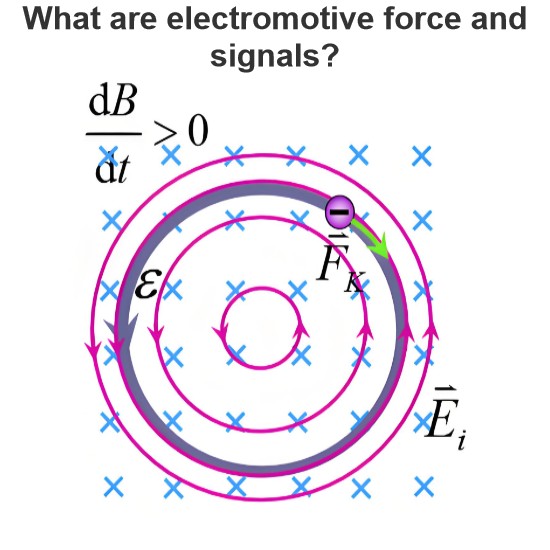
What are electromotive force and signals?
Electromotive Force (EMF)Electromotive force refers to the work done by the power source in moving a unit positive charge from the negative terminal to the positive terminal. Its unit is the volt (V). Essentially, it is a physical quantity that measures the ability of a power source to drive electric charges to perform work. It's important to note that the term "electromotive" does not directly relate to mechanical motion but rather comes from processes where chemical energy, light energy, therm
Encyclopedia
02/11/2025
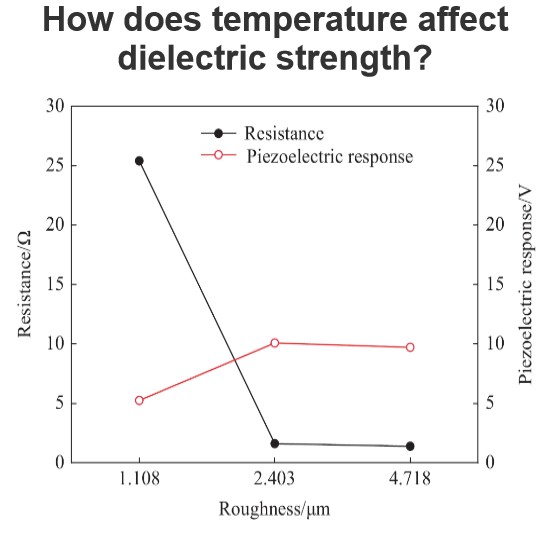
How does temperature affect dielectric strength?
Temperature has a significant impact on dielectric strength, which is manifested as follows:1. Effects of Increased Temperature Material Softening: High temperatures cause insulating materials to soften, reducing their mechanical strength and insulation performance. Increased Conductivity: Rising temperatures enhance the mobility of charge carriers within the material, leading to increased conductivity and decreased insulation performance. Risk of Thermal Breakdown: At high temperatures, heat ac
Encyclopedia
02/06/2025
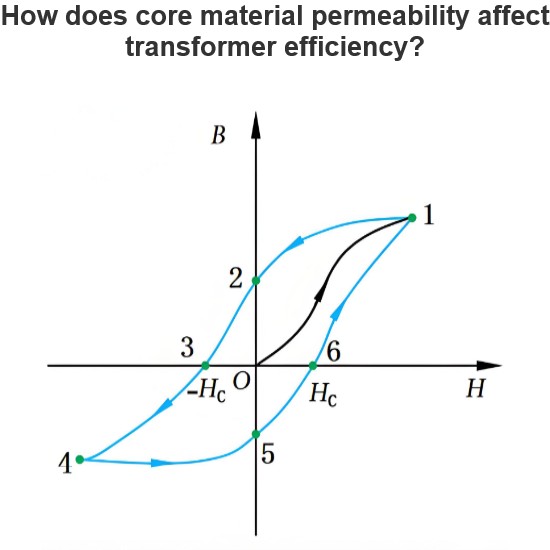
How does core material permeability affect transformer efficiency?
The magnetic permeability of core materials has a significant impact on transformer efficiency, mainly manifesting in the following aspects:1. Magnetic Flux Density High Permeability: Core materials with high permeability can more effectively conduct magnetic flux, increasing magnetic flux density and enhancing the electromagnetic induction efficiency of the transformer. Low Permeability: Lower permeability results in decreased efficiency of magnetic flux conduction, leading to increased energy
Encyclopedia
02/05/2025
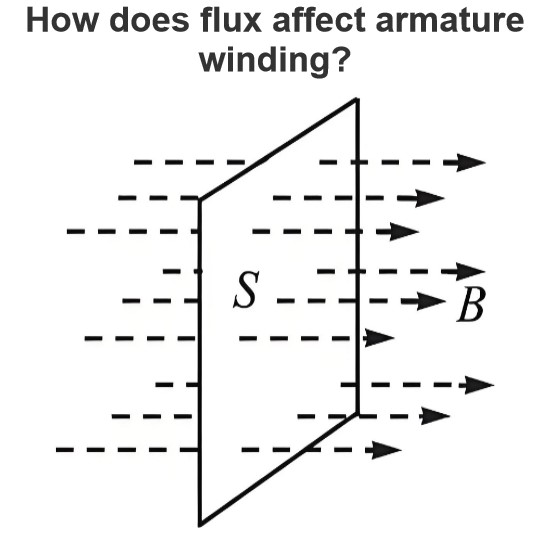
How does flux affect armature winding?
How Magnetic Flux Affects Armature WindingsThe impact of magnetic flux on armature windings is central to the operation principles of motors and generators. In these devices, changes in magnetic flux induce an electromotive force (EMF) in the armature windings, based on Faraday's law of electromagnetic induction. Below is a detailed explanation of how magnetic flux affects armature windings:1. Induced Electromotive Force (EMF)According to Faraday's law of electromagnetic induction, when the magn
Encyclopedia
01/22/2025
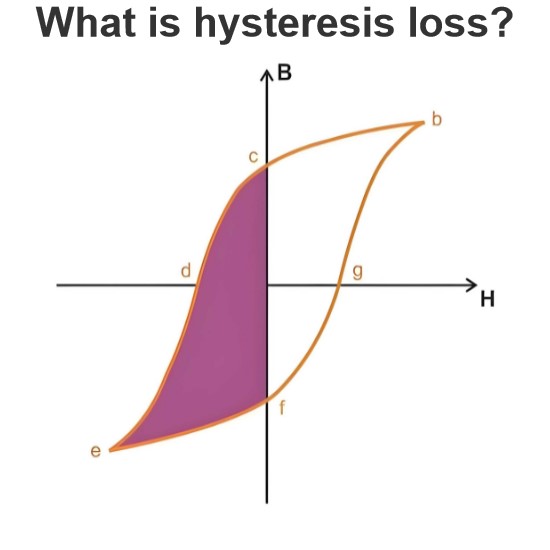
What is hysteresis loss?
What is Hysteresis Loss?Hysteresis loss refers to the energy dissipation that occurs in ferromagnetic materials (such as iron cores) due to the hysteresis effect during the magnetization process. When the external magnetic field changes, the magnetization of the ferromagnetic material does not immediately follow the change in the magnetic field; instead, there is a lag. Specifically, when the magnetic field strength returns to zero, the magnetization does not completely return to zero but requir
Encyclopedia
01/16/2025

What is the difference between a magnetic monopole and an electric monopole in terms of their fields?
Differences Between Magnetic Monopoles and Electric Monopoles in Terms of FieldsMagnetic monopoles and electric monopoles are two important concepts in electromagnetism, and they exhibit significant differences in their field properties and behaviors. Below is a detailed comparison of these two types of monopoles in terms of their fields:1. Definitions and Physical BackgroundElectric Monopole: An electric monopole refers to an isolated point charge, either positive or negative. According to Coul
Encyclopedia
01/13/2025
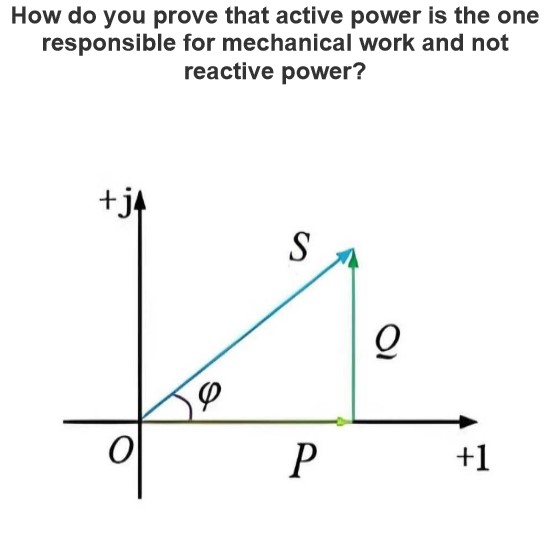
How do you prove that active power is the one responsible for mechanical work and not reactive power?
How to Prove that Active Power is the Power that Generates Mechanical Work, Not Reactive PowerTo prove that active power (Active Power, P) is the power that generates mechanical work, rather than reactive power (Reactive Power, Q), we can examine the physical principles of power systems and the nature of energy conversion. Below is a detailed explanation:1. Definitions of Active Power and Reactive PowerActive Power P: Active power refers to the actual electrical power consumed in an AC circuit t
Encyclopedia
12/23/2024
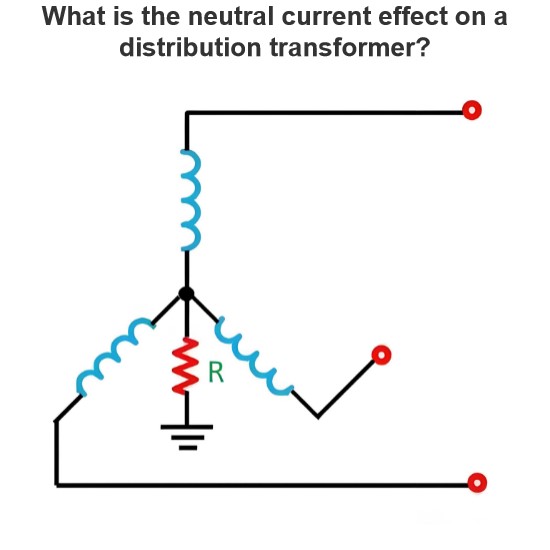
What is the neutral current effect on a distribution transformer?
Impact of Neutral Current on Distribution TransformersThe neutral current (Neutral Current) has several significant impacts on distribution transformers, which can be summarized as follows:1.Overloading of the Neutral Conductor Cause: In a three-phase four-wire system, if the three-phase loads are unbalanced or there are numerous single-phase loads (such as residential electricity), the neutral conductor may carry a substantial current. Additionally, harmonic currents (especially third harmonics
Encyclopedia
12/21/2024









